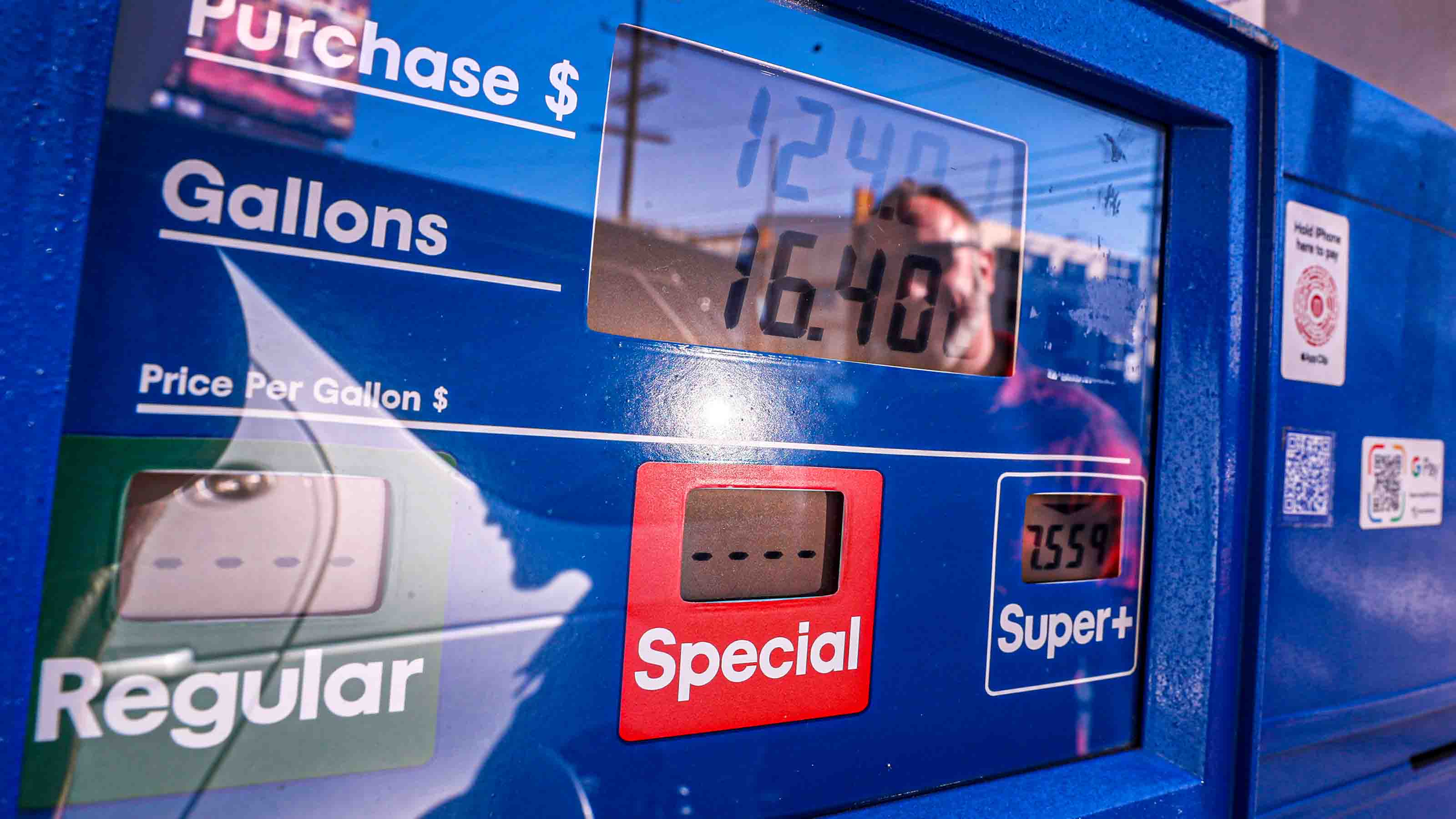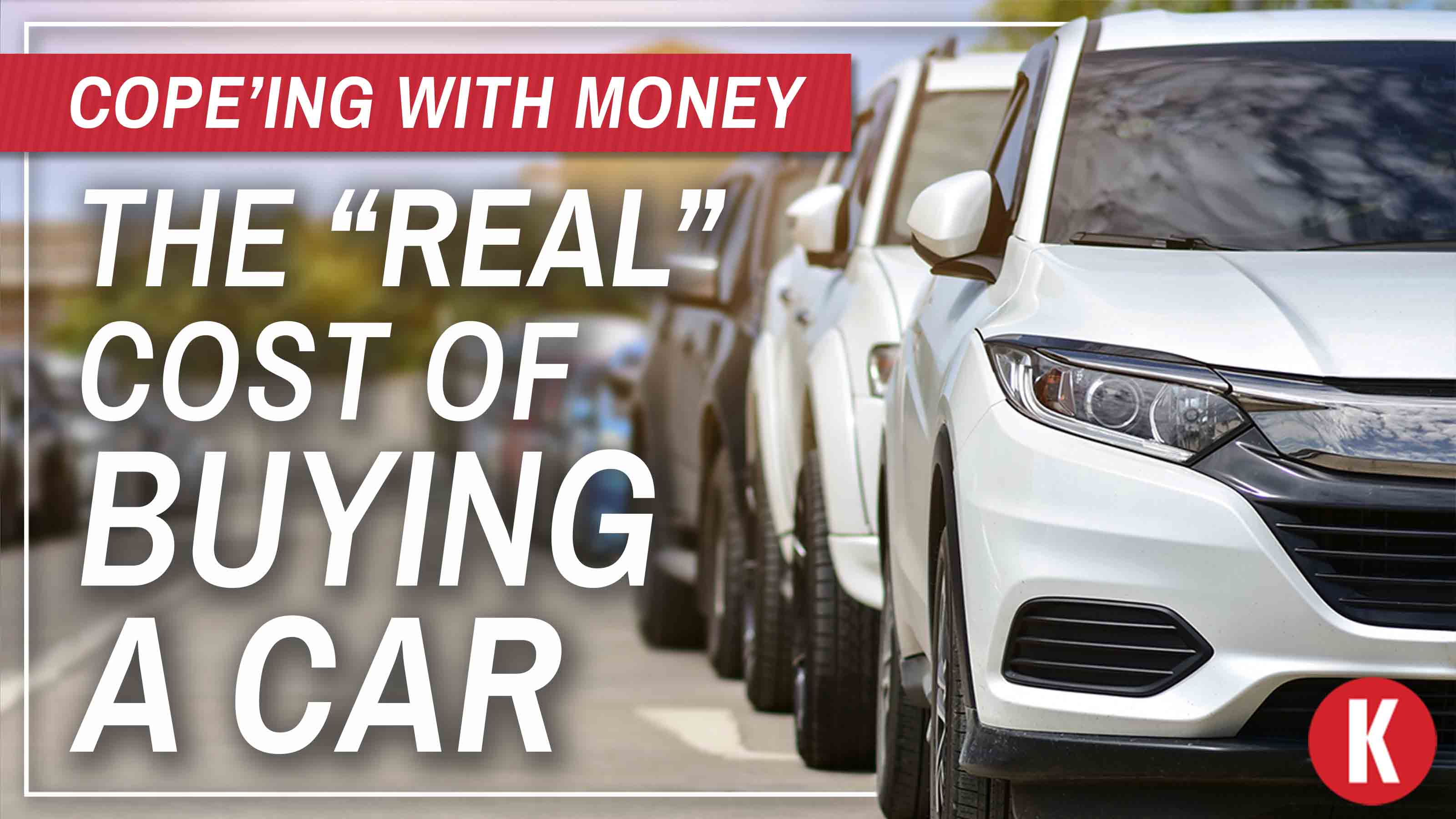Car Review: Toyota Highlander Hybrid
The Great Compromise SUV

Sticker price: $34,385
Dealer cost: $31,015
Horsepower: 209

Sign up for Kiplinger’s Free E-Newsletters
Profit and prosper with the best of expert advice on investing, taxes, retirement, personal finance and more - straight to your e-mail.
Profit and prosper with the best of expert advice - straight to your e-mail.
MPG: 27 city, 25 highway
3-yr resale value: 50%
5-yr resale value: 36%
Cargo space: 42.3 cu. ft.
Get Complete Data Profile for Highlander Hybrid TOOL: Search Our New Vehicle DatabaseSLIDE SHOW: See 2008 Best CarsKiplinger's Car Buyer's Guide
That's where the Toyota Highlander Hybrid comes in. As a crossover SUV, it doesn't have the mom-mobile stigma of a minivan. It's built with a unibody structure -- rather than body bolted to frame -- so it handles more like a car than a truck. And because it's a hybrid, it can get up to 27 miles per gallon in city driving. The combination of fuel economy, roominess and resale value earned the Highlander Hybrid Kiplinger's award for Best New Large and Midsize Crossover.
New for 2008
Toyota redesigned the Highlander for 2008. It's four inches longer and three inches wider than last year's model and has more interior room -- most notably in the width of the seats and increased legroom for front and second-row passengers. Plus, access to the third-row seat is easier thanks to second-row seats that easily slide forward.
The hybrid Highlander has the same powertrain as last year's model -- a 3.3-liter gas engine combined with electric motors that together produce 209 horsepower. But acceleration is more than adequate because of torque from the electric motors. All-wheel drive is standard. (The nonhybrid Highlander, starting at $27,985, got a new 3.5-liter V6 engine with 270 horsepower. Toyota discontinued the four-cylinder version of the Highlander to avoid competing with the RAV 4.)
Because of the new EPA fuel-economy testing procedures, on paper the gas mileage has dropped (from 32 mpg city and 27 mpg highway to 27 mpg city and 25 mpg highway). But that's simply closer to real-world results.
For an SUV that's on the large size, the Highlander handles well and corners without a lot of roll. It has all the standard safety features it should -side and head-protecting curtain airbags, plus a driver's side knee airbag.
It also has Toyota's advanced electronic stability control system. Called Vehicle Dynamics Integrated Management (VDIM), it anticipates instability -- based on signals from a sensor that measures changes in vehicle angle and deceleration, plus speed and steering sensors -- and makes stabilizing corrections.
Quibbles
Options can add up. The third-row seat and is standard in the Limited trim level ($40,635) but is a $2,800 option on the base model. Dual-zone climate control plus automatic rear air-conditioning adds up to $1,160. The navigation system, including an upgraded stereo system and Bluetooth hands-free-phone connection, is $2,655 -- but it's not available on the base model (neither are leather seats or a sunroof).
The new Highlander also has a quirky feature called "second-row center stow seat." In other words, the center seat can be removed to go from three-seat bench to two captain's chairs -- and gain easier access to the third-row seats.
My daughter liked sitting in the back with the two-seat configuration. My quibble is that you have to manually remove the center seat and stow it in a small compartment in front of you. Couldn't some of the world's most talented automotive designers come up with a more elegant system?
Get Kiplinger Today newsletter — free
Profit and prosper with the best of Kiplinger's advice on investing, taxes, retirement, personal finance and much more. Delivered daily. Enter your email in the box and click Sign Me Up.

Mark was the editor of Kiplinger's Personal Finance magazine from July 2017 to June 2023. Prior to becoming editor, he was the Money and Living sections editor and, before that, the automotive writer. He has also been editor of Kiplinger.com as well as the magazine's managing editor, assistant managing editor and chief copy editor. Mark has also served as president of the Washington Automotive Press Association. In 1990 he was nominated for a National Magazine Award. Mark earned a B.A. from University of Virginia and an M.A. in Writing from Johns Hopkins University. Mark lives in Washington, D.C., with his wife, and they spend as much time as possible in their Glen Arbor, Mich., vacation home.
-
 Stock Market Today: Great Power Affairs Mesmerize Markets
Stock Market Today: Great Power Affairs Mesmerize MarketsThe U.S. and China are at least talking about talking about tariffs, and investors, traders and speculators are showing a little less fear.
By David Dittman
-
 Is Walmart Plus Worth It?
Is Walmart Plus Worth It?There are tons of exciting Walmart Plus benefits – but are they worth the $98 annual fee?
By Rachael Green
-
 Gas-Saving Tips That Actually Work
Gas-Saving Tips That Actually WorkThese are gas-saving tips that will actually work for you and your car this year.
By David Muhlbaum
-
 Want to Lease an EV? The Tax Credit 'Loophole' for That Could Go Away Soon
Want to Lease an EV? The Tax Credit 'Loophole' for That Could Go Away SoonTax Credits If you are deciding whether to lease or buy a car, here's what you need to know about the EV lease tax credit.
By Kelley R. Taylor
-
 Car Buying in a Topsy-Turvy Market
Car Buying in a Topsy-Turvy MarketYou need a new car? Good luck with that! What should you do? We've got some answers.
By Katherine Reynolds Lewis
-
 Watch Out for Flood-Damaged Cars from Hurricane Ian
Watch Out for Flood-Damaged Cars from Hurricane IanBuying & Leasing a Car In the wake of Hurricane Ian, more flood-damaged cars may hit the market. Car prices may rise further because of increased demand as well.
By Bob Niedt
-
 Car Buyers: The 3-Day Grace Period Is Just a Myth!
Car Buyers: The 3-Day Grace Period Is Just a Myth!Buying & Leasing a Car Many car buyers think they have three days after making a purchase to return a car. Here’s where they’re going wrong, and what they should do instead to get a decent used car.
By H. Dennis Beaver, Esq.
-
 PODCAST: Car-Buying in an Inflated Market with Jenni Newman
PODCAST: Car-Buying in an Inflated Market with Jenni NewmanBuying & Leasing a Car With cars both scarce and expensive these days, what to do if you want – or need – a new ride? Car-buying strategist Jenni Newman of Cars.com shares some tips. Also, more on the magical 9% savings bond.
By David Muhlbaum
-
 The "Real" Cost of Buying a Car
The "Real" Cost of Buying a CarFeature Atlanta Falcons linebacker and Kiplinger contributing editor Brandon Copeland illustrates how car prices are far more than meets the eye.
By Brandon Copeland
-
 How to Get a Car Deal in This Market
How to Get a Car Deal in This MarketBuying & Leasing a Car Low inventories mean it’s hard to haggle on price, but you can still negotiate on financing when shopping for a new or used car.
By Rivan V. Stinson